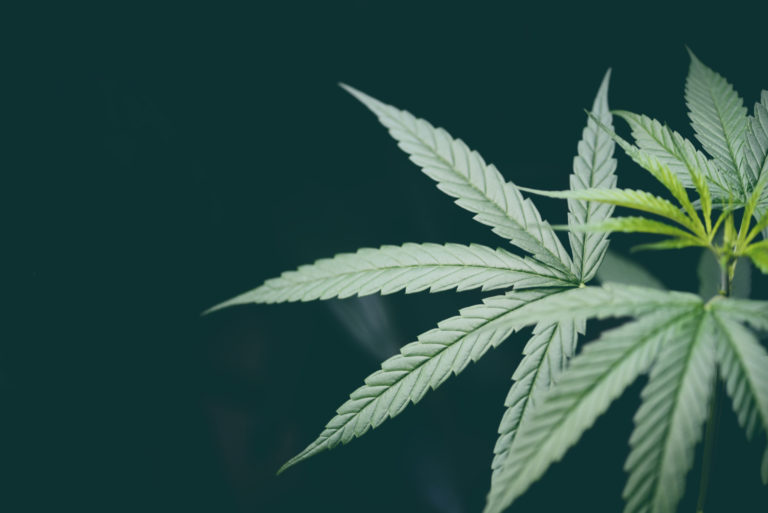Cannabis is a hot topic within the epilepsy community because it has become a treatment option for children and adults, especially people with drug-resistant epilepsy, where seizures inadequately respond to standard antiepileptic medications.
Despite evidence that marijuana use reduces the number and frequency of seizures, marijuana has indications, and contraindications, so it is not recommended for everyone.
Cannabis, also known as marijuana, is a plant that contains several active compounds or cannabinoids. The two primary cannabinoids are tetrahydrocannabinol (THC) and cannabidiol (CBD). Research has shown that these compounds have potential therapeutic effects on various medical conditions, such as chronic pain, cancer, chemotherapy side effects, psychological disorders, epilepsy, and other chronic neurological conditions such as Parkinson’s disease.
Cannabis with a higher THC content may have effects on the person’s central nervous system causing changes in mood, thoughts, feelings, awareness, or behavior known as psychoactive effects. Strains of cannabis with higher CBD content are often associated with potential therapeutic benefits, including anti-seizure effects.
Research studies suggest that cannabis, specifically pure CBD, has a positive impact on reducing seizures in certain types of epilepsy, particularly drug-resistant epilepsy. This type of compound known as Epidiolex was approved by the US Food and Drug Administration (FDA) to treat not only patients with refractory epilepsy but other severe forms of epilepsy. Nevertheless, the use of medical cannabis during childhood and adolescence should be carefully evaluated by a knowledgeable doctor with experience in epilepsy care and prescribing cannabis.
While cannabis may offer potential benefits in managing epilepsy, it is important to note that cannabis is not considered a first-line treatment. Individuals with epilepsy, their families, or parents of a child with epilepsy must become familiar with cannabis indications, potential risks and contraindications associated with its use.
Cannabis may interact with other medications causing unwanted side effects. Common side effects may include drowsiness, dizziness, dry mouth, and changes in appetite. It is essential to be aware of potential side effects, and to report any adverse effects to a healthcare professional. Everyone responds differently when medical cannabis is prescribed, so the doctor or epilepsy specialist should carefully monitor the individual’s response.
Clinical research has shown promising results including the reduction in seizure frequency in some people with drug-resistant epilepsy who were treated with CBD. However, the medical and scientific community agree that more extensive research is needed to fully understand the safety and long-term side effects of cannabis in people with epilepsy.
People with epilepsy and healthcare professionals must be aware of the legal status and regulations regarding cannabis use in their specific location. In the United States, the legal status of cannabis for medical use, including epilepsy, varies from state to state. Outside the U.S., some countries have legalized cannabis for medical purposes, while others have stricter regulations.
Based on results of clinical trials and the use of medical cannabis by epilepsy experts, this treatment option shows promising results under the care of a specialized doctor, but it is essential to understand that cannabis is only prescribed when indicated, it is used with caution by healthcare professionals and requires continuous monitoring. The research on cannabis and epilepsy is evolving, and it is important to stay informed about the latest findings and legal regulations in your area. Honest discussions with healthcare professionals will help ensure the appropriate use and safety of cannabis in the treatment of epilepsy.



